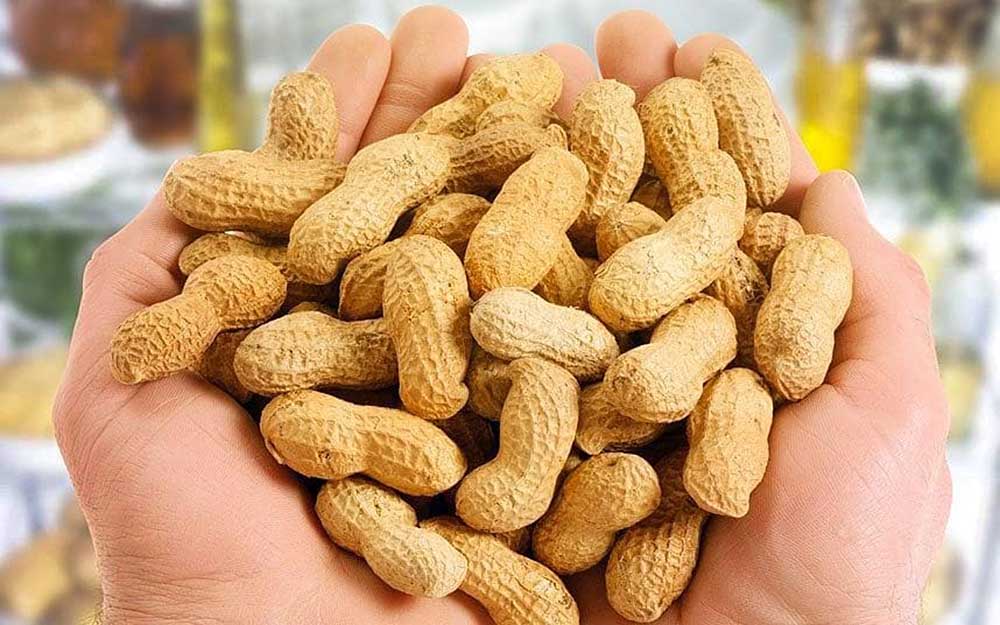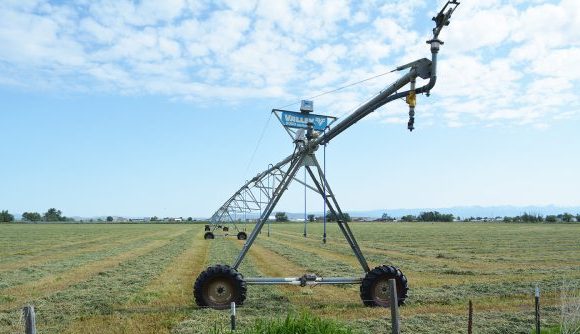Good Food, Good Health
Published 8:48 pm Wednesday, February 5, 2020

- Nuts, including peanuts, which are actually a legume, are a healthy food that don't often come with complicated ingredient labels.
Awhile back, when Montgomery Ward was located on Washington Avenue in La Grande, and Monarch ranges featuring duplex draft with all riveted joints sold for $82.50, the women in northeast Oregon were sharing recipes that are still being handed down in family cookbooks to this day. The only clue to the age of these recipes are their names like “Radio Pudding” and the directions to “store in the ice box” or “crank the ingredients until thick.”
I’m thinking every age has its challenges. Those women did not have to deal with reading ingredient labels but we don’t have to pluck chickens and boil hogs to have good food. It was only after World War II that women were set free from the really hard work in their kitchens. Now our job is to take time to read labels and separate the good from the bad. Although we still have our challenges, we mustn’t complain. The more we know, the more we don’t know, and we need to know if you know what I mean.
When I look at the nutritional food labels, they are straightforward. I only need to remember all the information is “per serving.” And it’s amazing how many “servings” are sometimes provided in one can or one box or one bag of processed foods. The more difficult task is understanding the ingredient labels. The fewer ingredients, the simpler the food and the better for you to eat.
I sometimes find a wonderfully-sounding ethnic sauce that I don’t know how to make myself. Wading through the long list of ingredients that sound safe, I often hit a stop sign. Some of the ingredients, I can’t pronounce. A bad sign.
The one I can pronounce is sugar. Sugar is in just about everything that comes in a box or jar and has been found to be the cause of many serious diseases. Even milk contains some sugar. Sugar is fed to us by different names. High-fructose corn syrup, organic cane sugar, maltose, dextrose and other “-oses”, fruit sugar, raw sugar, corn syrup which is now being called corn sugar, are in almost everything we buy in one form or another.
There are times when we jut need to use sugar and if we choose wisely and look for the more complex sugars, we can still have some treats. A coconut sugar is absorbed more slowly by our body and less likely to hit us with sugar highs and lows and uncontrollable cravings. It is a great substitute for granular sugar in baking. Stevia is also a good natural sweetener and brown rice syrup is absorbed more slowly into our system than other processed sugars. Honey, maple syrup and fruit juice are all better choices than raw sugar even if it is organic. But they are still in the simple sugar category and should be used infrequently. Agave is OK if you get it straight from the cactus but after it has been processed it turns into a sugar more potent than high-fructose corn syrup. Agave should be used sparingly. Too much can overwork the liver and result in rapid weight gain.
The closer the ingredient is to the beginning of the label, the more of that item is in the food you are buying. Always read the label on everything you buy. Try to avoid anything processed that includes unpronounceable or mysterious ingredients. You will save a great deal of money and be healthier for it.
If you can make what you like to eat at home rather than buying it pre-packaged, you will be far ahead on the road to fewer doctor visits, more energy and better health with less chemicals, gases, fillers, cheap, non food ingredients or manufactured food and textures in your body.
Healthful Nut Butter
2 cups of crunchy unsalted peanuts (or any other nut you like)
1/4 cup coconut oil
2 tablespoons Brown Rice syrup (or raw honey) Optional 1 teaspoon Himalayan (pink salt) or sea salt
Place nuts and the optional pink Himalayan or sea salt in a food processor and grind to a fine powder. Add brown rice syrup and coconut oil. Process until butter becomes smoothe or chunky if you prefer. This will look a little like a liquid, but will harden when chilled. Keep refrigerated in an airtight container. Let warm to room temperature to spread. This will make 2 cups.









